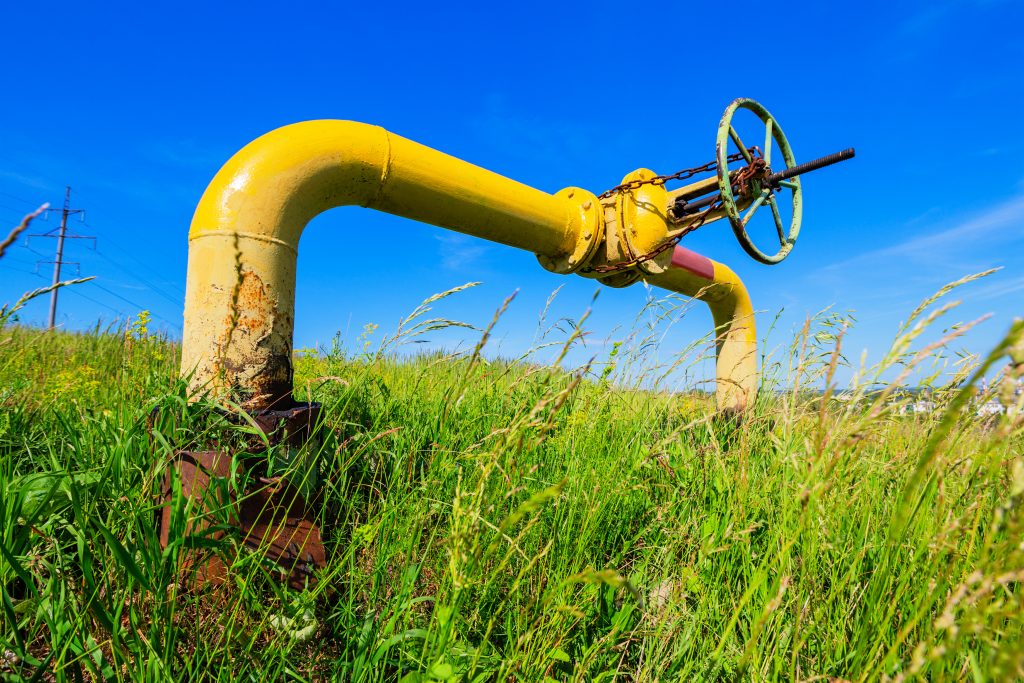Hydrostatic Test Planning

Hydrostatic Test Planning for Natural Gas and Liquid Pipelines
Hydrostatic testing is a standard method utilized to verify the structural integrity and strength of natural gas and liquid pipelines. By exerting water pressure inside the pipeline at levels much higher than its operational capacity, any weak spots, leaks, or flaws can be detected and rectified. Effective planning for a hydrostatic test is paramount to ensure the safety, compliance, and functionality of the pipeline system.
Key Aspects of Hydrostatic Test Planning:
- Scope and Objective:
- Define the specific segment of the pipeline to be tested.
- Understand the primary objectives, whether it’s a new pipeline commissioning, post-repair validation, or routine maintenance inspection.
- Safety Precautions:
- Secure the testing area to prevent unauthorized access.
- Ensure that the pipeline is free from any flammable substances or gases before the introduction of test water.
- Water Sourcing and Disposal:
- Identify clean water sources, ensuring minimal environmental impact and adherence to local regulations.
- Plan for the appropriate disposal or treatment of the water post-test, considering any contaminants that may have mixed with the water during the test.
- Pressure Test Criteria:
- Determine the test pressure, typically higher than the pipeline’s maximum operating pressure (MOP).
- Understand the acceptable levels of pressure drop during the test duration.
- Define the test duration, ensuring enough time for proper assessment.
- Equipment and Instrumentation:
- Ensure the availability of pumps, recording instruments, and pressure gauges.
- All equipment should be calibrated and in optimal working condition.
- Monitoring and Data Collection:
- Use real-time monitoring systems to capture data throughout the test.
- Store and analyze test data for comprehensive assessment and future reference.
- Post-Test Analysis and Actions:
- Assess the collected data for any indications of leaks, flaws, or weak points.
- Repair any detected anomalies before returning the pipeline to operational status.
- Compile a comprehensive report detailing the test procedures, findings, and any corrective actions taken.
- Regulatory Compliance:
- Understand and adhere to regional and national standards governing hydrostatic testing.
- Ensure documentation is available for regulatory inspections or audits.
Hydrostatic test planning for natural gas and liquid pipelines is a meticulous process that demands precision, adherence to safety protocols, and a comprehensive understanding of the system being tested. Properly planned and executed tests affirm the integrity of the pipeline system and ensure safe and efficient operations in the long term.

